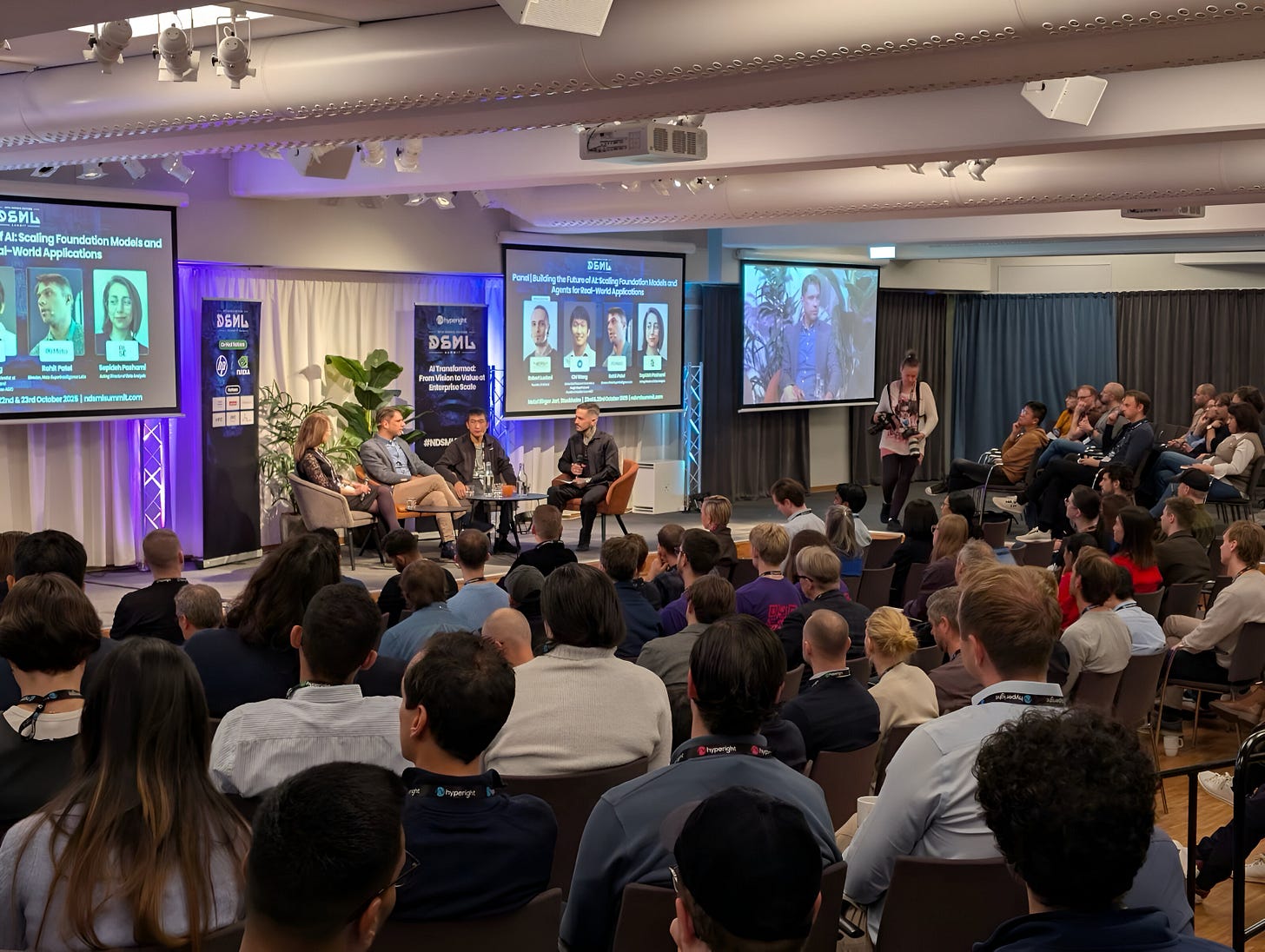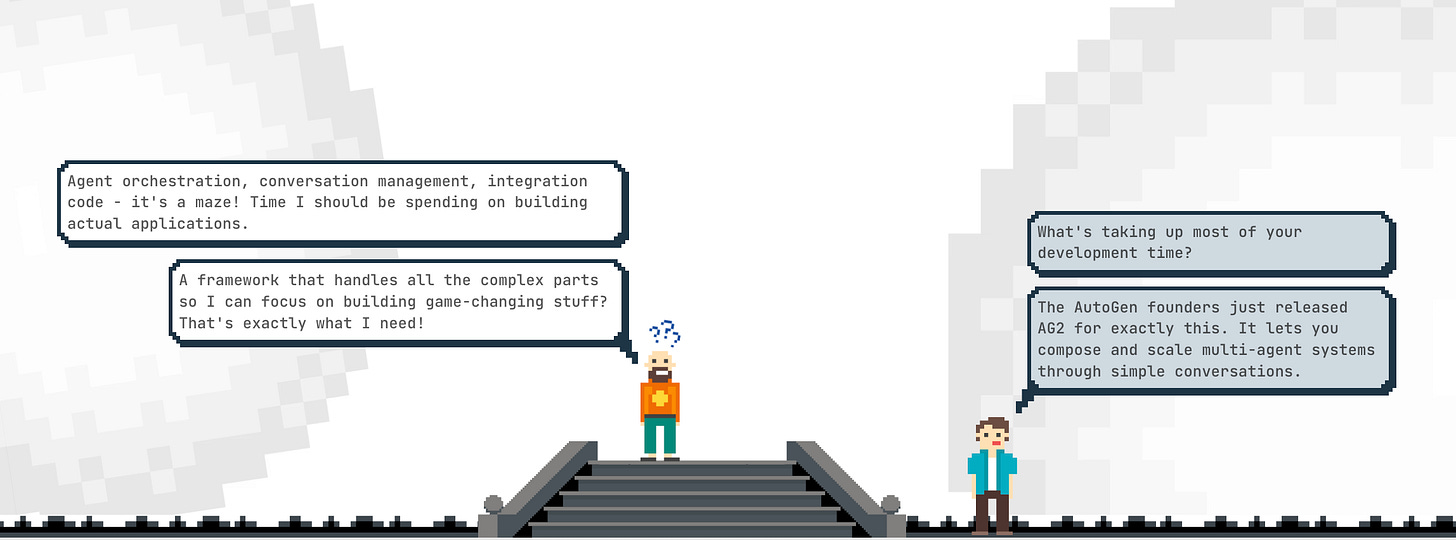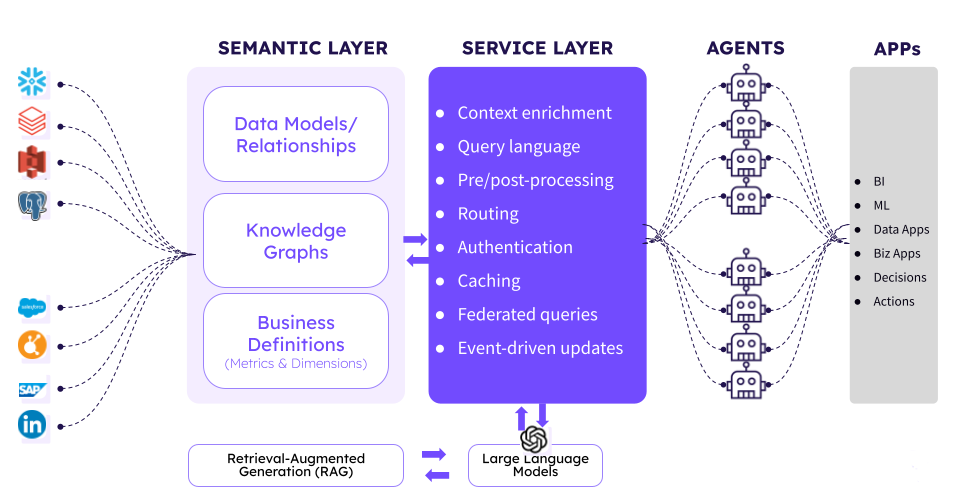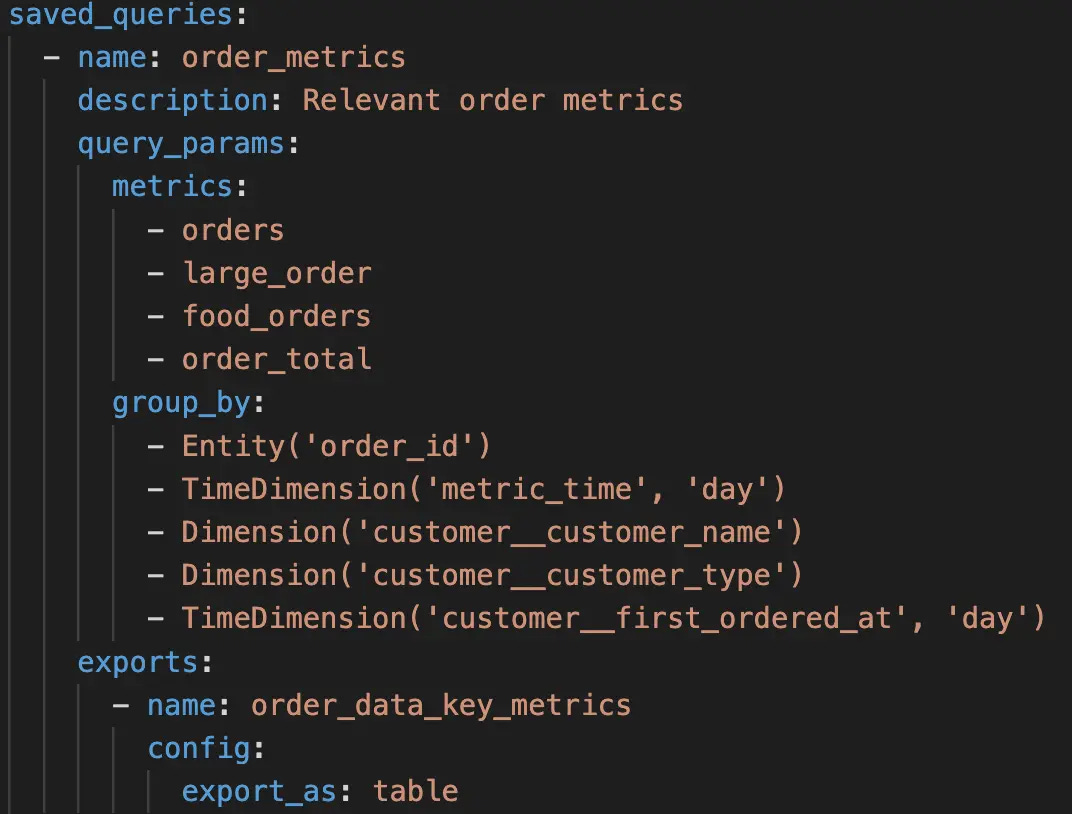What's Trending in Data Science and ML? Preparing for 2026
Key Learnings from the "Nordic Data Science and Machine Learning Summit" 2025
Was it time well spent?
Last week, I attended the Nordic DS/ML Summit 2025 in Stockholm 🇸🇪, a two-day event bringing together industry leaders, researchers, and practitioners to share how data science and machine learning are evolving.
The lineup included big names like Meta, NVIDIA, and Google DeepMind.
And of course, the hottest topic was….🥁… Agentic AI (no surprise there)

This photo is from an interesting panel discussion featuring:
Chi Wang, Senior Staff Research Scientist at Google DeepMind and Founder of AutoGen (now AG2)
Rohit Patel, Director at Meta Superintelligence Labs
Sepideh Pashami, Acting Director of Data Analysis at RISE Research Institutes of Sweden
So I would say yes, it was definitely time well spent!
Today, I’m going to break down my learnings, the key trends I observed, and, towards the end, tie it all back to what we, Data Scientists, should pay attention to as we enter 2026.
Let’s get to it!
3 key trends that stood out (to me) the most
These are the trends that stuck with me during the event, and that, in some way or another, have gained enough momentum to be worth following closely.
1. From traditional analytics to agentic analytics
We’re entering a new phase of analytics. One where dashboards and static reports aren’t enough anymore.
I foresee this will become an even bigger topic by the beginning of 2026.
The focus will be on creating more dynamic systems that can speed up the path from data to insight, making analytics more adaptive and less dependent on manual exploration, which many are starting to refer to as Agentic Analytics.
💡 One thing is clear, the companies who will lead the way in this Agentic Analytics shift, will be those who have the foresight to build a strong data engineering foundation and invest in their semantic modeling. That’s ultimately what will enable AI agents to interact with their data in meaningful ways. More on this later in the article.
2. Small language models are the next big thing
Small language models (sLMs) are becoming surprisingly capable.
Models like Phi-3, Mistral, and Llama 3 8B show that you don’t need massive infrastructure to get strong performance. With some fine-tuning, they can even outperform larger models on focused tasks.
💡 For developers and smaller teams, this also means we can now run fast, private, and low-cost models, on a regular laptop or even a phone.
3. The rise of specialized multi-agent systems
A big theme that kept coming up was the move toward hierarchical multi-agent systems. Instead of relying on a single agent to handle an entire workflow, newer architectures now use an orchestrator agent that breaks tasks into smaller pieces and delegates them to specialized sub-agents.
Each sub-agent focuses on one tiny, well-defined task, like cleaning data, summarizing findings, or generating code, and becomes extremely good at that single thing. Together, they form a coordinated system that’s faster, cheaper, and more reliable than one general-purpose agent working alone.
💡 This “divide and conquer” approach also opens the door for sLMs to play a bigger role. Since each sub-agent only needs to handle a narrow task, even lightweight models can perform well when combined in a well-orchestrated system.
It’s a design pattern we’ll likely see more of as agentic systems mature and move into production use.
What should Data Scientists pay attention to?
My recommendation, especially to mid-senior data scientists who want to take the next leap in their career growth: Lead the way in the Agentic Analytics shift at your company.
From what I’ve seen, most organizations are still just waking up to this change.
That means you have a real opportunity to lead, whether it’s by championing modern enterprise tools that enable agentic analytics or by building your own agents that make analysis faster, more interactive, and closer to decision-making.
The people who learn to bridge that gap early, between AI agents and analytics, will be the ones shaping how Data Science is practiced in the next decade.
5 real-world agentic AI use cases in Data Science

These are some use cases where GenAI and Agentic AI are already starting to make an impact:
Conversational dashboards for fast insights
Think dashboards you can talk to, ask questions in plain English, and get instant summaries or visualizations. Power BI Copilot and Tableau Pulse are early examples, but the concept applies to any workflow where non-technical users need fast answers from data.EDA and data cleaning agents
AI agents are starting to automate the time-consuming work of detecting outliers, normalizing data, and generating initial visualizations during EDA. Tools like Tableau’s Data Pro hint at how you can build agents to accelerate your data prep process.Foundation models for analytics
Instead of training a new model for every metric or product, foundation models like TimeGPT are starting to handle forecasting, anomaly detection, and other analytic tasks straight from raw data. This makes advanced analytics more accessible, even for teams without deep expertise in time series or model building.Agentic monitoring and proactive analytics
Rather than waiting for a human to check a dashboard, agentic systems can watch KPIs, detect shifts, and trigger alerts or recommendations. Tableau Inspector and Adverity are pushing this, but it’s a pattern any analyst can explore with the right setup.Multi-agent orchestration of the ML workflow
Platforms like causaLens are an example of what’s possible with AI agents that collaborate, some clean the data, others build models, and others explain results. It’s not just automation, it’s coordination, and it’s a glimpse of how future ML workflows could run.
🔑 Don’t ignore this: The Semantic Layer
I wanted to mention this concept again since I feel it might get overlooked by a lot of you reading this article, and that would be a BIG mistake.
Over the past 6 months or so, I’ve been spending more time building my own AI workflows to optimise and automate much of my data science work. And recently, I deployed a talk-to-your-data Slackbot that is slowly redefining the meaning of self-serve analytics at my company.
One of the keys to the success of these tools has been defining the semantic layer.
📌 This is also why I’m teaching it to the 22 Data Scientists currently enrolled in my 5-weeks AI Workflows bootcamp.
The idea is simple: the semantic layer creates a shared definition of metrics and business logic so data scientists, stakeholders, and most importantly, AI agents, all work from the same source of truth.
And believe me, you don’t need to be a data engineer to start building a semantic layer to enhance your AI agents.
Honorable mentions
Here are some cool tools and products I didn’t get to cover, but thought deserved at least a quick mention:
Orion: An on-device autonomous agent that orchestrates your AI tools and runs locally for cross-platform automation.
AG2: Open-source framework (formerly AutoGen) for building and orchestrating multi-agent systems.
HP ZGX Nan AI Station: A nano AI workstation for prototyping and fine-tuning inference models of up to 200B parameters locally.
Closing thoughts
If there’s one thing this year’s summit made clear, it’s that the gap between AI research and real-world data science is closing faster than ever.
Agentic systems, small models, and better data foundations aren’t just trends; they’re signals that our field is evolving into something more intelligent.
For data scientists, this next phase isn’t about chasing every new tool that comes out. It’s about understanding the direction we’re heading and learning how to apply these ideas where they actually create impact.
If you do that, if you stay curious, experiment with these concepts, and think beyond your notebook, you won’t just keep up with the changes. You’ll help shape what data science looks like in 2026 and beyond.
A couple of other great resources:
🚀 Ready to take the next step? Build real AI workflows and sharpen the skills that keep data scientists ahead.
💼 Job searching? Applio helps your resume stand out and land more interviews.
🤖 Struggling to keep up with AI/ML? Neural Pulse is a 5-minute, human-curated newsletter delivering the best in AI, ML, and data science.
Thank you for reading! I hope these insights give you a competitive advantage as we prepare to enter 2026.
- Andres Vourakis
Before you go, please hit the like ❤️ button at the bottom of this email to help support me. It truly makes a difference!





Wow , the article was really good , it was very insightful , thanks for sharing this @Andres Vourakis.
But i had a very important concern / doubt regarding automating data analytics tasks.
So i feel things which are very redundant in nature like we should use these agentic ai systems to just detect problems in our data like missing data , outliers etc... treating those would be little scary.
Coz i feel like still AI is not that intelligent , like my real example , currently i am doing a data analysis project , the level of deep critical thinking which i did for treating missing data i am very sure no AI model would do that as currently they are not that smart enough.
So i feel like yes we should definately embrace AI Automation but carefully integrate them as always Human Intervention would be needed to get the most accurate results , am i right ?
Thank you Andres for the useful information